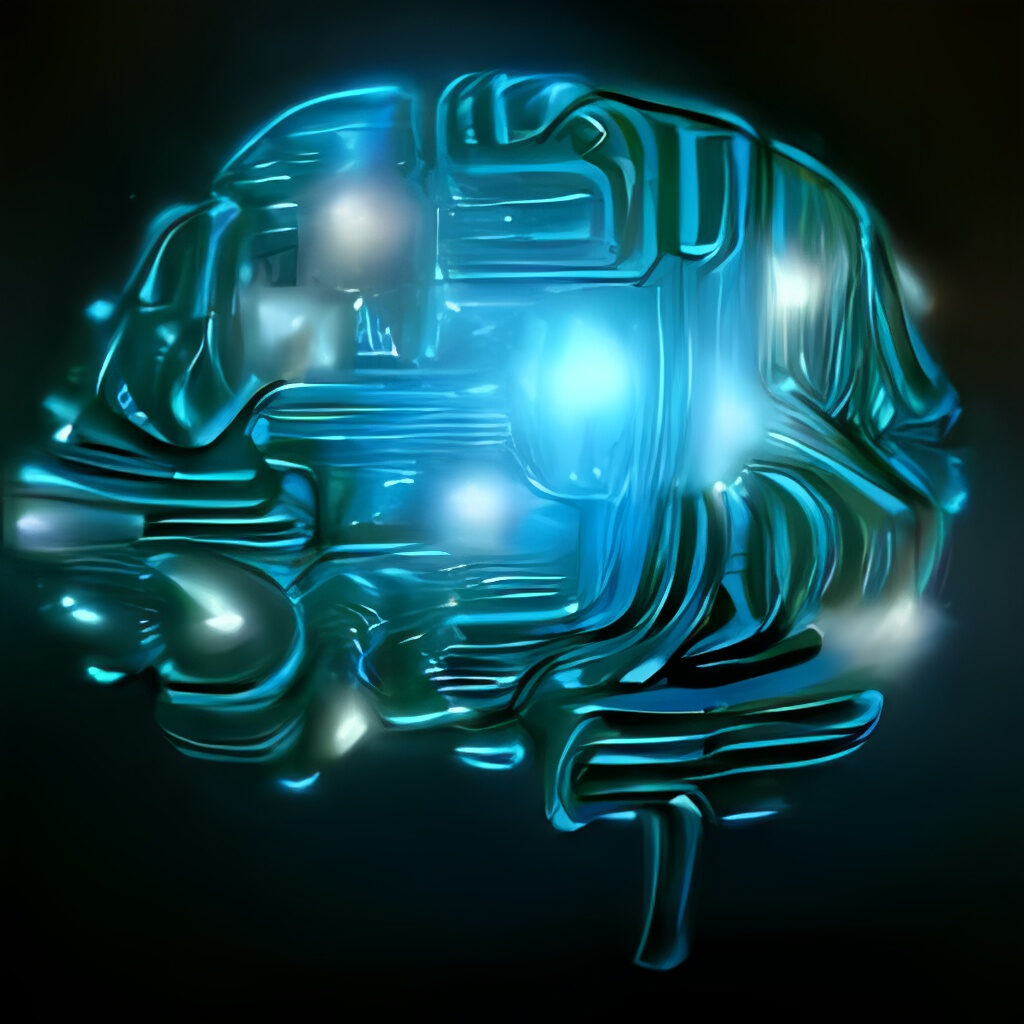Deciphering AI Jargon: A Primer on Key Concepts from NLP to Neural Networks

The world of Artificial Intelligence (AI) can sometimes feel like a labyrinth of terminologies, especially for those just beginning their exploration of this groundbreaking domain. However, a firm grasp of foundational terms can help demystify AI. Here’s a primer on essential AI concepts, from Natural Language Processing (NLP) to Neural Networks.
Natural Language Processing (NLP)
At the intersection of linguistics and computer science lies Natural Language Processing. NLP endeavors to teach machines how to understand, interpret, and generate human language. Whenever you ask a virtual assistant a question or interact with a chatbot, you engage with NLP-driven technologies. These tools parse sentences, discern intent and respond in a manner that is, ideally, indistinguishable from human interaction.
Machine Learning (ML)
Machine Learning, a crucial subset of AI, revolves around enabling machines to learn from data. Instead of being explicitly programmed to perform a task, ML algorithms use statistical techniques to learn patterns in data. Over time, these algorithms refine their predictions and recommendations as they are exposed to more data. Popular ML applications include recommendation engines on streaming platforms and fraud detection systems.
Neural Networks
Inspired by the human brain’s intricate web of neurons, Neural Networks form the backbone of many AI systems. These networks consist of layers of interconnected nodes or “neurons” that process information. The network learns to make increasingly sophisticated decisions as data passes through these layers. Deep Learning, an advanced subset of ML, employs deep neural networks with multiple layers to parse vast datasets and make intricate determinations.
Supervised and Unsupervised Learning
These terms delineate how machines are taught. In Supervised Learning, algorithms are trained using labeled data. This means the algorithm is provided with input-output pairs and learns to map the relationship. For instance, an algorithm trained to recognize cats in images would be fed numerous images labeled “cat” or “not cat.”
Conversely, in Unsupervised Learning, the algorithm is handed unlabelled data and must discern patterns and relationships independently. Clustering and association are common tasks in this learning paradigm.
Reinforcement Learning
Imagine training a dog: it acts, and based on that action, it either gets a treat (positive reinforcement) or no treat (negative reinforcement). Reinforcement Learning (RL) is similar. In RL, an agent takes actions in an environment to maximize cumulative rewards. It’s widely used in training AI for games, robotics, and certain real-time decision-making applications.
Generative Adversarial Networks (GANs)
GANs are a potent class of AI algorithms used in unsupervised machine learning. They consist of two neural networks – the Generator and the Discriminator – “competing” against each other. The Generator tries to produce data, while the Discriminator tries to distinguish between real data and fake data produced by the Generator. Over time, the Generator gets better at creating data that looks authentic. GANs are the brains behind creating realistic AI-generated images, music, and even deepfakes.
Edge AI
As opposed to cloud-based AI, Edge AI refers to AI algorithms that process data locally on a hardware device. The advantage? Faster processing times and enhanced privacy, as data doesn’t need to be sent to a central server. It’s particularly beneficial for real-time applications like autonomous vehicles and certain IoT devices.
Transfer Learning
Training a neural network from scratch can be resource-intensive. Transfer Learning provides a shortcut. It involves taking a pre-trained model (a neural network trained on a particular task) and fine-tuning it for a new but related task. For instance, a model trained to recognize vehicles could be fine-tuned to recognize trucks specifically.
In Conclusion
Understanding the lexicon of AI can be the first step toward gaining a deeper appreciation of its capabilities and potential. As the AI domain continues its rapid evolution, staying updated on its terminology is not just beneficial for tech enthusiasts but also for anyone keen on grasping the trajectory of future innovations. Armed with this foundational knowledge, one can confidently navigate the multifaceted world of AI, witnessing its transformative impact across sectors.